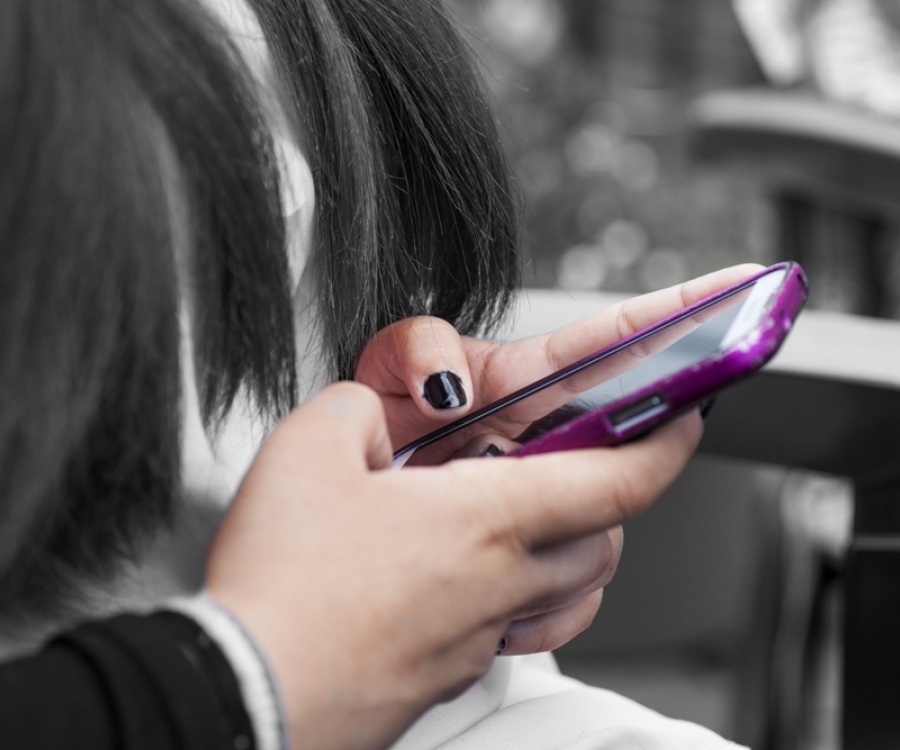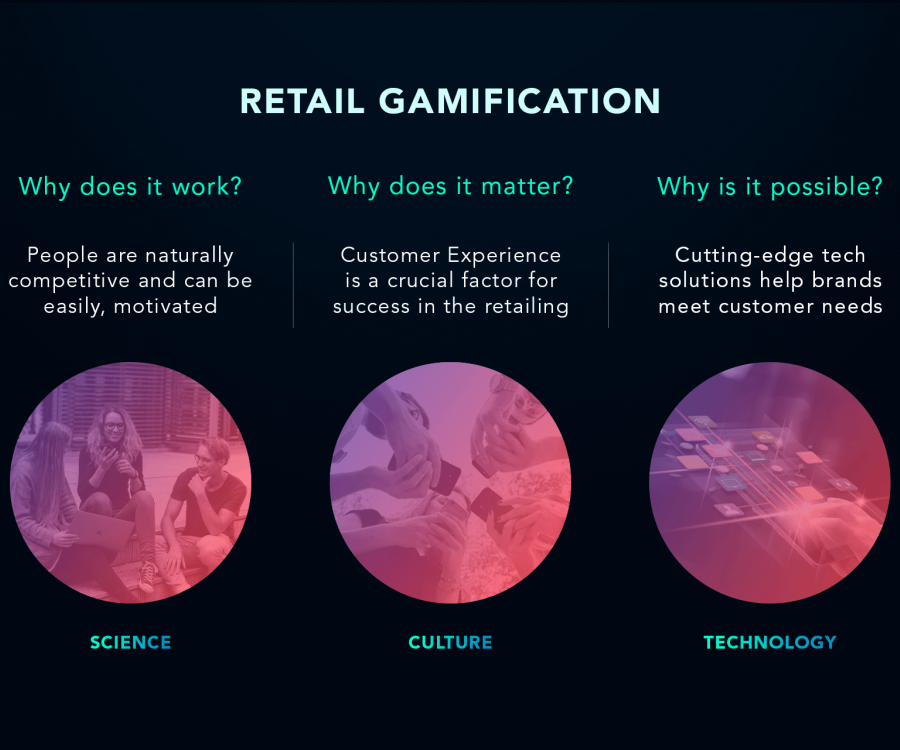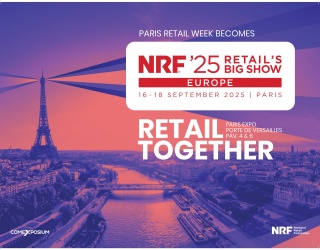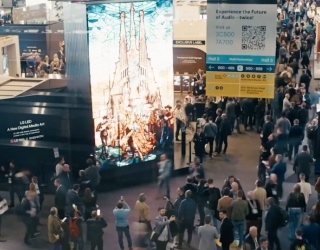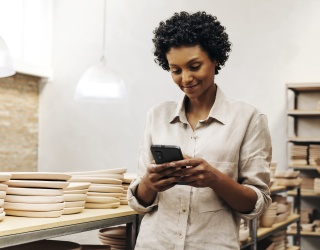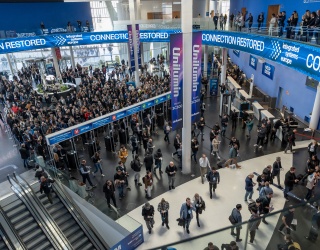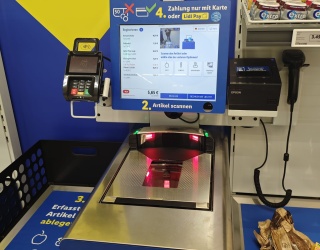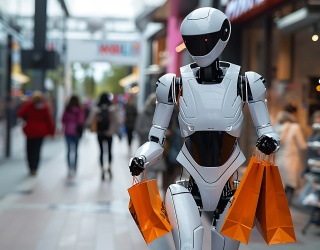
Until recently the “mobile“ subject matter only had one specific focus, namely “apps”. Having said that, the current Adobe Digital Insights Report shows that worldwide app usage remains stagnant. In the U.S., usage has decreased by 28 percent. Meanwhile, smartphone usage rates are growing sharply: the number of online visits occurring on smartphones in Europe has risen by 156 percent since 2014.
While app usage stagnates, smartphones continue to be immensely popular. Making it obvious that companies simply can’t ignore the mobile channel if they want to reach their customers. Though the question remains how app usage can actually still be increased. Stefan Ropers, Managing Director Central Europe at Adobe, gives an answer in the Horizont: “[Companies] must […] reach mobile customers in their particular usage situation with exactly the right content. When it comes to the mobile setting, relevance and added benefit are the crucial criteria for success." Companies are able to accomplish this with location-based services (LBS).

Location-based services: This is how they work
Susan – a regular at a major retailer – approaches the candy aisle at her local supermarket and is still unsure which ”sweet little sin“ she wants to give in to today. A peek at the news feed on her smartphone shows that her favorite brand of chocolate is on sale. Susan grabs the chocolate. On her way to the checkout, she receives another push notification: a typically quite expensive Fair Trade coffee is available at a greatly reduced price today. Susan loves great coffee but usually purchases a different brand. She decides to try the coffee that’s on sale.
Retailers reach their customers with the right offers at the right time, and through the right channel using location-based services. The mobile app detects where the customer lingers at a defined location: near a store, at the entrance, in the sales area or in front of the shelf. How is this possible? Retailers have a whole slew of localization technologies at their disposal, each with specific available options. Services like WiFi, GPS or installed senders such as beacons facilitate localization and personalized communication with customers. Consumers receive an added benefit thanks to relevant offers and information at the right time and tailored to the situation. Susan gets a discount on preferred items, even without standing right in front of the actual shelf and saves money. Her preference for premium coffee is known based on her customer history. When she shops at the store, this respective information is used as the basis to extend optimal offers.

Relevance is crucial
When using LBS, it is crucial to send customers offers that are interesting to them. In the worst-case scenario, “stalking“ them with frequent and undifferentiated customer communication causes consumers to delete the respective app. That’s why the frequency of contact also plays an important role. The more a company knows its customers, the more smart technology is able to control notifications. The well thought out use of LBS is critical to ensure the success of measures. Next to technology, the experience is also important. Only the intelligent use of customer insights – such as Susan’s preference for a certain type of chocolate or brand of coffee – can improve the relevance of the sales approach and intensify the overall customer experience.
LBS as an opportunity for brick-and-mortar retailers
At home, Susan has a little time to spare and decides to look for a new summer dress online. It’s a pity that her favorite department store does not have an online store. Unfortunately, she also doesn’t receive the right mobile offers from the local store like she did at the supermarket earlier.
Brick-and-mortar retailers are increasingly under the gun and have to reposition themselves. More and more people purchase their products online. Major players in retail also get to feel this effect and are forced to react – like the U.S retail chain Macy’s, for instance, which has successfully used location-based marketing since the summer of 2014.
Online rivals like Amazon & Co cause a massive downturn in sales. Shifting to online retail should be a part of the business model. Brick-and-mortar retailers who also operate an online store and use LBS are not only able to keep up better with their online competition but also have a competitive advantage over other retailers.
LBS connect the real and digital world in real-time. Local strengths and assets such as personal consulting services and direct contact with customers are combined with omnichannel marketing. When Susan looks for a new summer dress online but is unsure about the size and fit and thus visits a local store, her website visit is linked to her visit to the store. On-site, she obtains information via an app about price reductions, size availability or matching accessories for the summer dress. The shopping experience is intensified at the point of sale. Unlike many other marketing measures, companies are able to measure their success with LBS live and increase their conversion rates thanks to targeted sales offers. A joint venture by Chep, PAYBACK, Mondelēz International and real,- demonstrates exactly how location-based services work in retail and how beacons assist in catapulting in-store promotions into the digital age.
Innovative technology + expertise = success
Chep, the leading provider of pallet and container pooling services installs beacons on its pallets at the real,- stores that ensure that sales promotions can be tracked in real-time. Customers who installed the PAYBACK app on their smartphones and activated LBS receive the signals that are transmitted by the beacons. The app registers these signals and looks for matching coupons for the respective customer. The generated beacon contacts allow continuous monitoring of the pallets as well as the timely provision of sales offers. From the customer’s perspective, consumers can be specifically targeted at the POS, while sales promotions can be extended via the smartphone – all this with a higher-than-average increase in product sales and sales quotas.

